India is ready to make history with its third lunar exploration mission, Chandrayaan-3, which is expected to land near the south pole of the moon on 23 August 2023. The mission consists of a lander named Vikram and a rover named Pragyan, similar to the previous Chandrayaan-2 mission, which failed to achieve a soft landing in September 2019.
The launch of Chandrayaan-3 took place on 14 July 2023, at 2:35 pm IST, from Satish Dhawan Space Centre in Sriharikota, Andhra Pradesh, using a Launch Vehicle Mark-3 (LVM3) rocket. The spacecraft carried a propulsion module that acted as an orbiter until it reached a 100-kilometre (62 mi) lunar orbit.
The lander and rover separated from the propulsion module on 21 August 2023 and began their descent towards the lunar surface. The powered descent is scheduled for 23 August 2023, around 05:45 pm IST and touchdown is expected on the same day around 06:05 pm IST.
The landing site is located at 69°22′03″S 32°20′53″E, between Manzinus C and Simpelius N craters, near the lunar south pole region. This region is of scientific interest as it may contain water ice and other resources that could be useful for future human exploration.
The Indian Space Research Organisation (ISRO) has announced that a live telecast of the landing event will be available on its website, its YouTube channel, Facebook, and public broadcaster DD National TV from 17:27 IST on 23 August 2023.
The Chandrayaan-3 mission is part of India’s ambitious Chandrayaan programme to explore the moon and demonstrate its technological capabilities. The first mission, Chandrayaan-1, was launched in 2008 and orbited the moon for almost a year, making several discoveries such as the presence of water molecules on the lunar surface. The second mission, Chandrayaan-2, was launched in 2019 and consisted of an orbiter, a lander and a rover. The orbiter is still operational and has been providing valuable data about the moon. The lander and rover, however, lost contact with the Earth during their descent and crashed on the lunar surface.
The Chandrayaan-3 mission aims to achieve what Chandrayaan-2 could not and become the first Indian mission to successfully land on the moon. It also aims to enhance India’s reputation as a space-faring nation and inspire future generations of scientists and engineers.
If you want to learn more about the Chandrayaan-3 mission, you can visit the ISRO website or Chandrayaan-3 mission page. You can watch the live telecast of Chandrayan 3 landing on Official ISRO website or ISRO Official YouTube channel

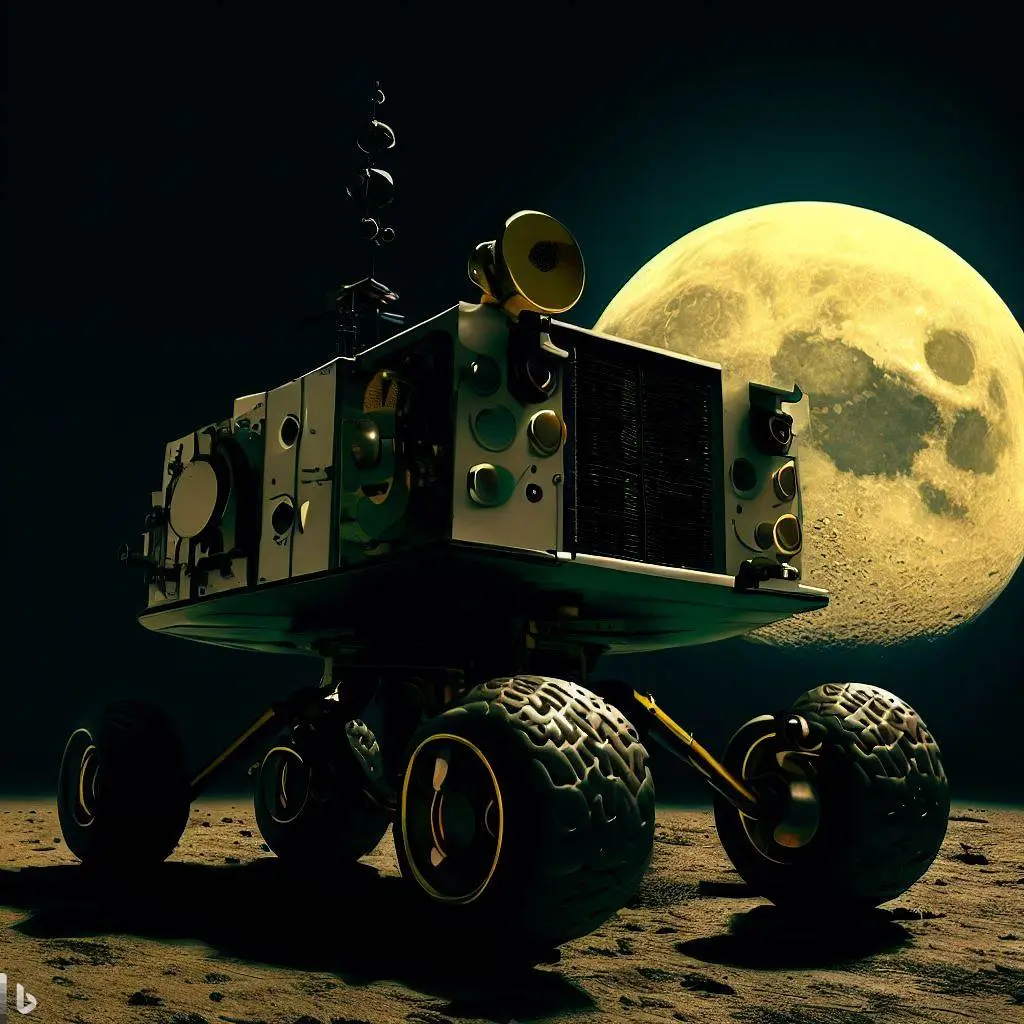
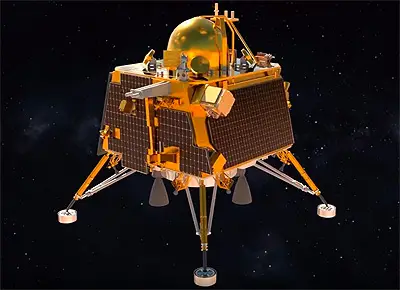
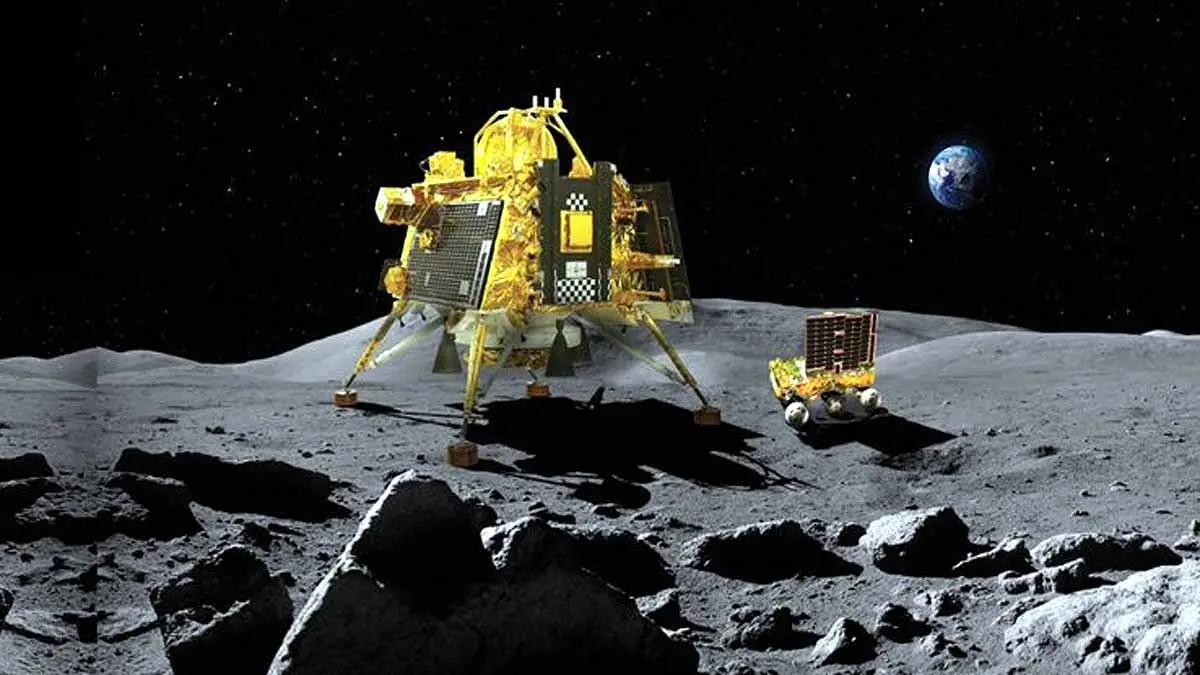
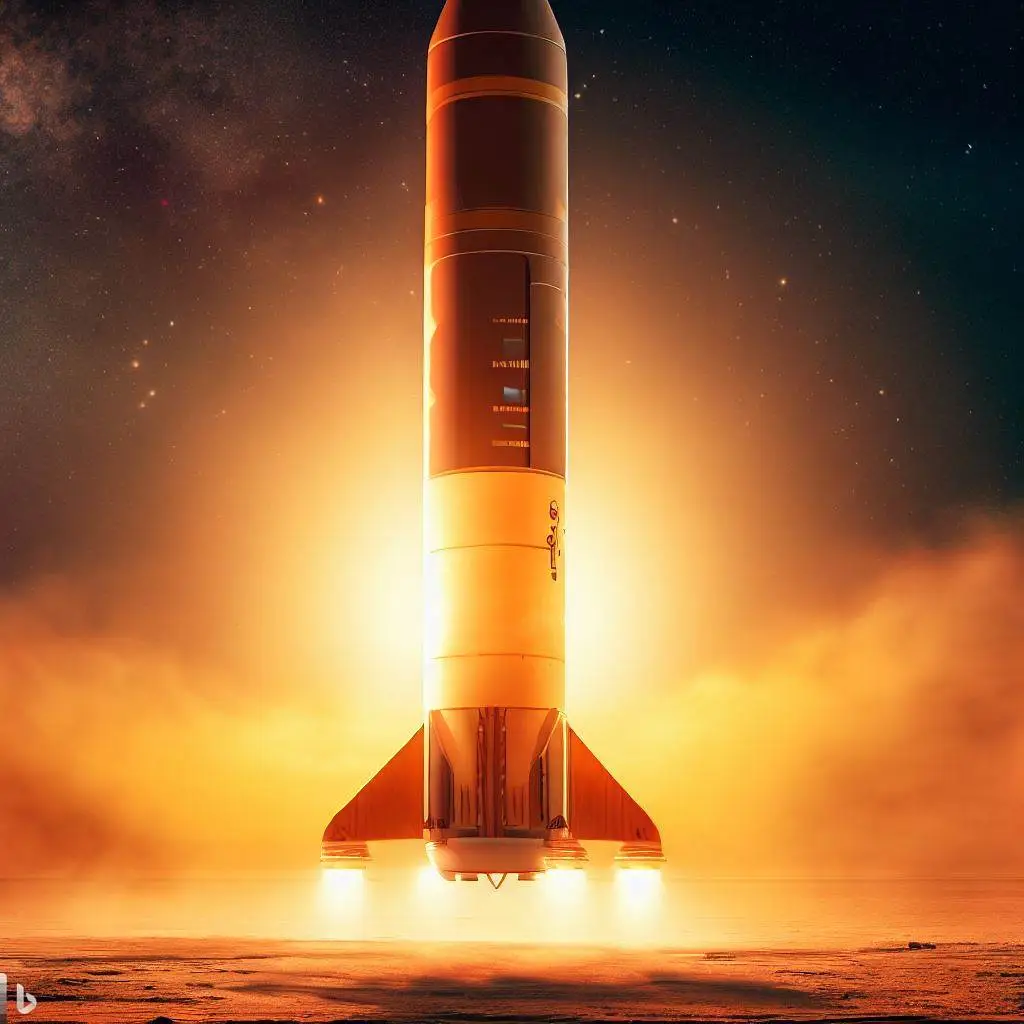
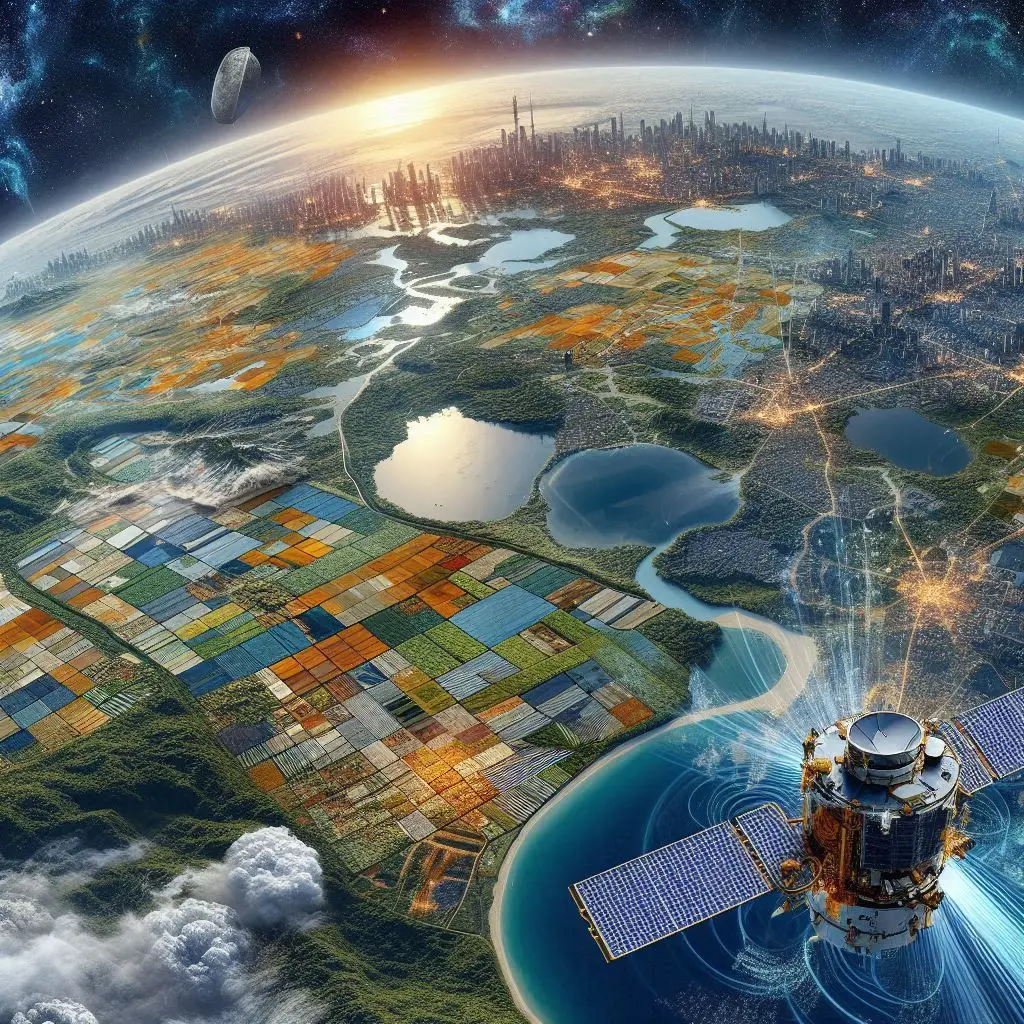
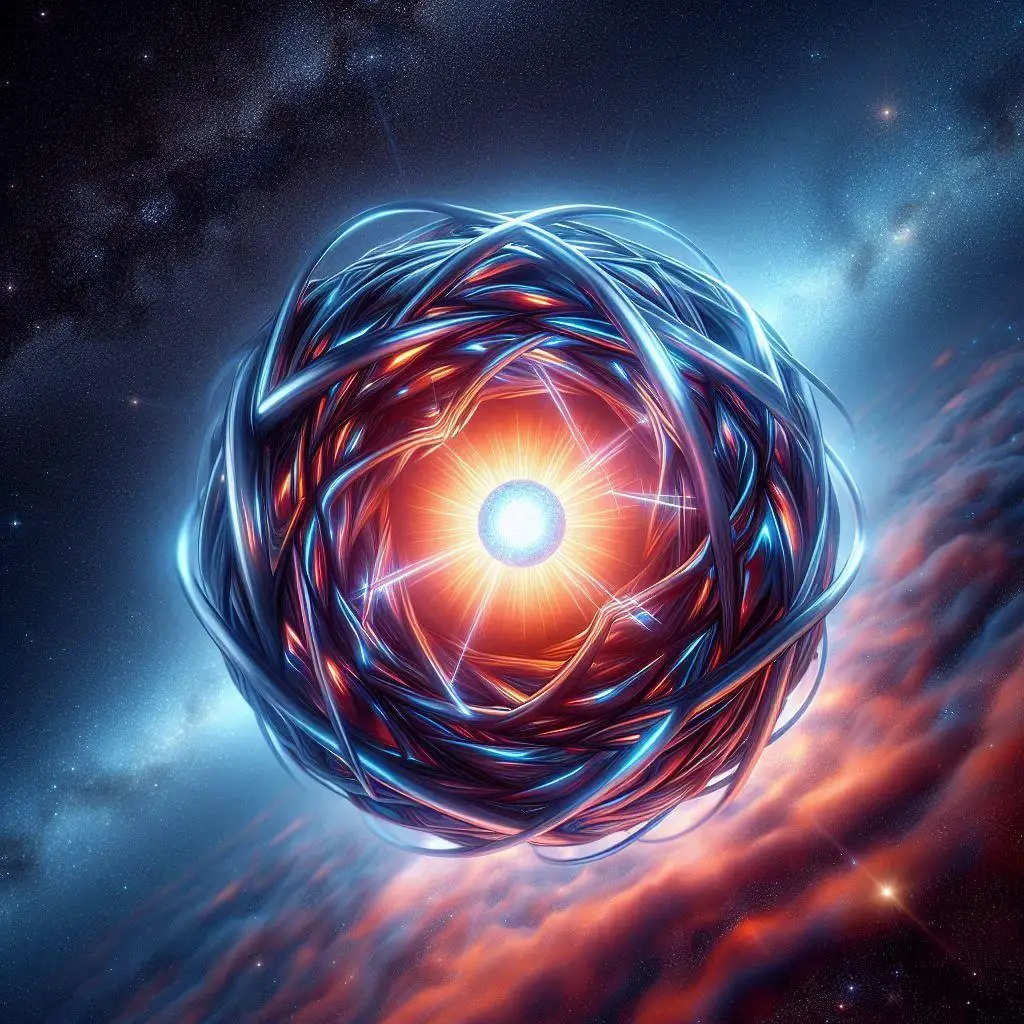


Add a Comment: